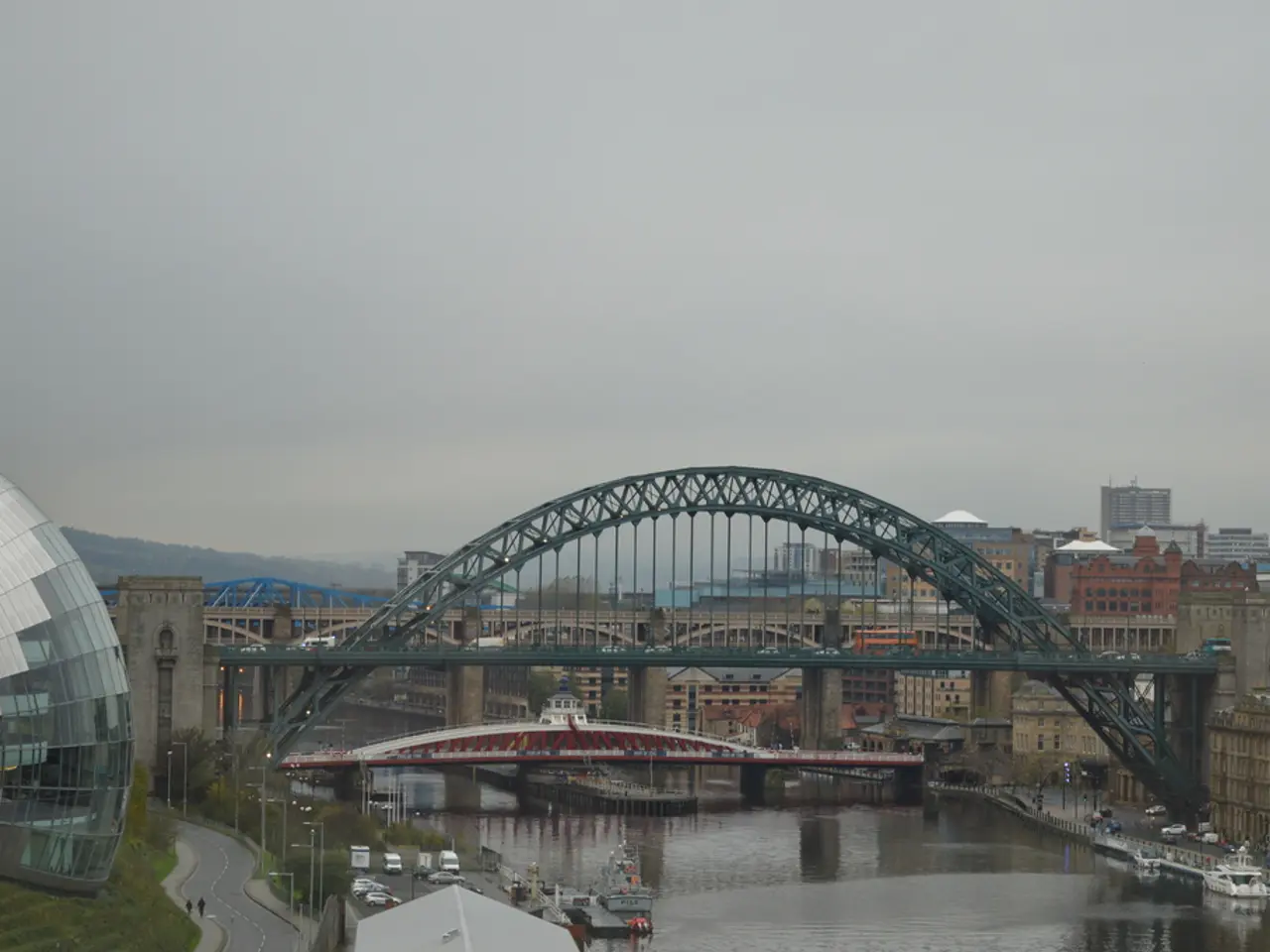Environmental Impact of Summer Vacations: An Examination of the Damage Caused by Holiday Journeys and Possible Solutions
Holiday seasons, a time for relaxation and enjoyment, are increasingly becoming a source of concern due to the accumulation of waste in popular tourist locations. This problem, exacerbated during summer months, is primarily driven by increased human activity and tourism-related consumption.
Thousands of people flock to the seaside, mountains, campsites, or national parks during holidays, and this trend is becoming more visible every year. The surge in tourist numbers, especially in coastal and island regions, significantly increases waste generation, sometimes by up to 40% compared to other seasons.
The majority of this holiday waste consists of plastic items such as bottles, cups, cutlery, and bags, which decompose over hundreds of years. This prolonged presence contributes to the accumulation of microplastics in the environment, a growing environmental concern, particularly in fish and seafood.
The issue intensifies during summer due to seasonal tourism, which concentrates large numbers of people in popular locations in a short time. This results in spikes in plastic pollution, straining waste management systems and contributing heavily to environmental degradation.
The presence of holiday waste in the environment can have long-term consequences. In forests, there are abandoned cans, and on trails - candy bar wrappers. Beaches after summer weekends often resemble a waste battlefield with plastic bottles, snack wrappers, cigarette butts, and disposable grills.
The problem has both an aesthetic and an environmental dimension. Waste ends up in waters, soil, and even in the stomachs of animals. High temperatures and wind during summer can cause holiday waste to reach rivers, lakes, and eventually the sea and oceans.
Organizations responsible for the cleanliness of public spaces collect data on this problem. They monitor beaches, forests, and other tourist hotspots, aiming to mitigate the impact of mass tourism on the environment.
However, there are examples of sustainable tourism that demonstrate the effectiveness of initiatives eliminating single-use plastic and promoting reusable alternatives. The Croatian island of Zlarin, for instance, has significantly reduced holiday plastic waste by banning single-use plastics and promoting reusable alternatives.
Hotels and resorts are also adopting smart balers and waste reduction strategies to handle the surge sustainably. These initiatives not only help in managing waste but also contribute to the preservation of local ecosystems, ensuring that holidays remain associated with carefreeness, rest, and contact with nature, rather than waste.
In conclusion, the growth of plastic holiday waste during summer is driven by increased tourist numbers, high usage of disposable plastics, and insufficient waste management during peak seasons. Addressing this issue requires collective action, from tourists being more mindful of their waste disposal, to businesses adopting sustainable practices, and governments investing in robust waste management infrastructure.
- The increase in plastic waste during holiday seasons, particularly in popular tourist spots, is a significant issue in environmental science, as it leads to the accumulation of microplastics in the environment, which poses a growing concern, especially in fish and seafood.
- Sustainable practices like banning single-use plastics and promoting reusable alternatives, as demonstrated by the Croatian island of Zlarin, can help reduce holiday plastic waste and preserve local ecosystems, ensuring that holidays remain a time for relaxation, enjoyment, and connections with nature.




